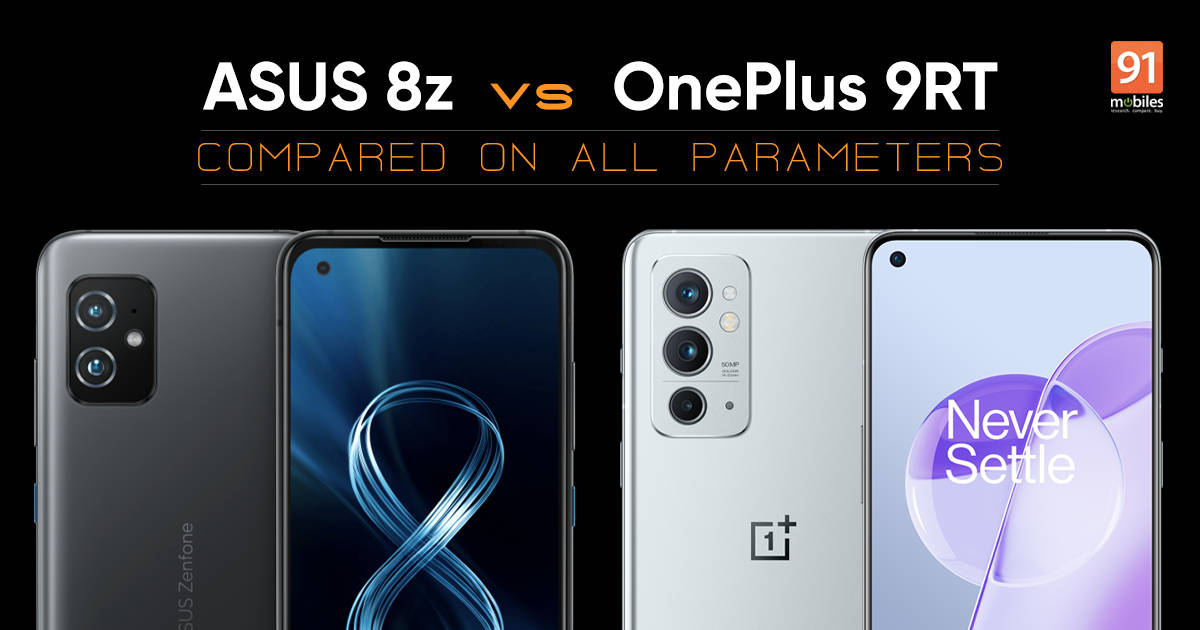
They are perhaps the best options for anyone looking for a flagship-level smartphone for slightly less than Rs 45,000 – ASUS 8Z and the OnePlus 9RT. Both phones were released last year but have made their way to the Indian market only in 2022. Both come with flagship-level hardware accompanied by price tags that put them squarely in the budget flagship category – the exact same price tags actually. But which of the ASUS 8Z or the OnePlus 9RT should you settle or never settle for? Let us work it out for you.
Design and appearance
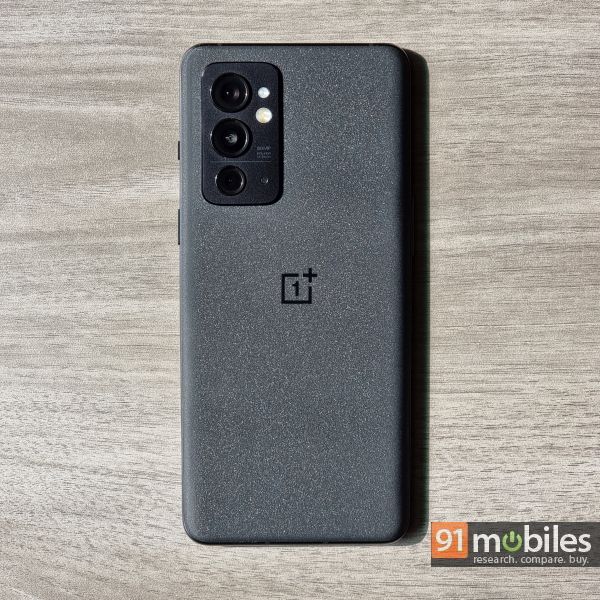
In our opinion, this is one of the biggest points of difference between these two devices. The OnePlus 9RT (above) and the ASUS 8Z (below) come from two very different design schools, although they both sport tall glass fronts and curved backs. While the OnePlus 9RT follows the modern trend of a large-ish phone, the ASUS 8Z pulls out a page from the past, and opts for a compact form factor. The difference in size hits you right away – the OnePlus 9RT is 162.2mm long and 74.6mm wide, while the ASUS 8Z is 148mm tall and 68.5mm wide. The OnePlus 9RT is a little slimmer (8.2mm as against 8.9mm of the 8Z), but it is also heavier than the ASUS 8Z – 198 grams to 169 grams. Add to this the fact that the ASUS 8Z has a proper dust and water resistance rating (IP68) while the OnePlus has none, and you would think that this is a cakewalk for the ASUS device.
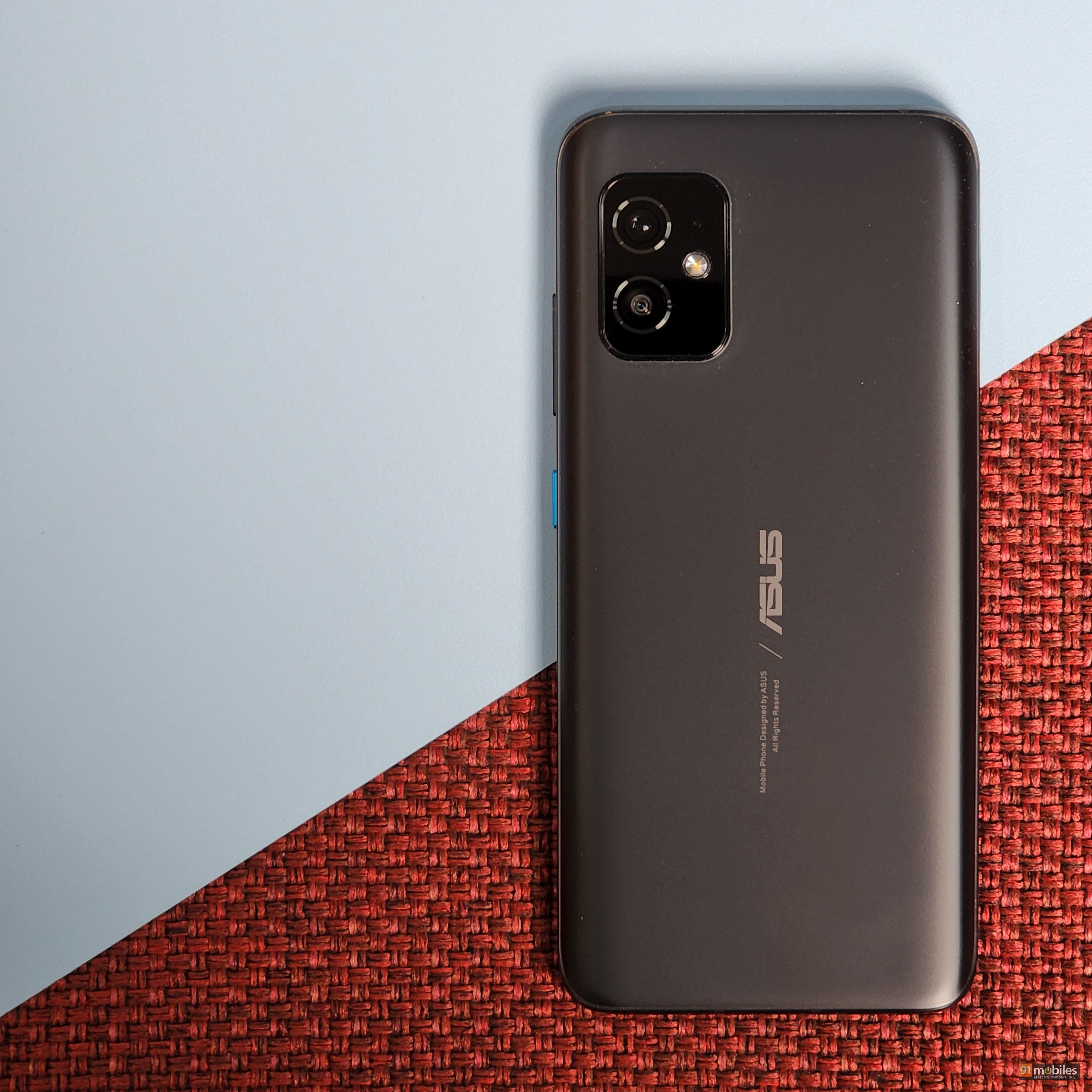
Well, not quite. In terms of sheer design, the OnePlus 9RT looks significantly more elegant and stylish than the slight back-to-basics design of the ASUS 8Z. It might have a very funky blue coloured display/power button on the right-hand side, but the ASUS phone is designed on functional rather than fashionable lines. Take away its size and it starts looking rather routine. The OnePlus’ back has a sleeker finish and there are some design touches even around the camera enclosure. The ASUS 8Z is easier to hold, but the OnePlus 9 RT has a better hand feel, and a greater touch of premium-ness about it. We think the OnePlus 9RT has the design edge. The ASUS 8Z definitely is way more compact and given its dust and water resistance, perhaps even the stronger one. But in terms of looks and hand-feel, we think the OnePlus 9RT has it in the bag.
Winner: OnePlus 9RT
Display

Both devices come with full HD+ AMOLED displays with 120Hz refresh rates. But there the similarity ends. The OnePlus 9RT has a 6.62-inch display, while the ASUS 8Z comes with a 5.9-inch one. Both are very good displays and handle colours and contrasts well. We thought that the OnePlus 9RT seemed a little brighter with more popping colours at times. The 8Z on the other hand, comes with an automatic refresh rate which changes the refresh rate as per the content being seen on the phone, thus saving battery, while the OnePlus 9RT only lets you switch manually between a high and standard refresh rate. But that difference is not as visible as the size of the two displays – content just seems to look better on the OnePlus 9RT’s display.
Winner: OnePlus 9RT
Processor
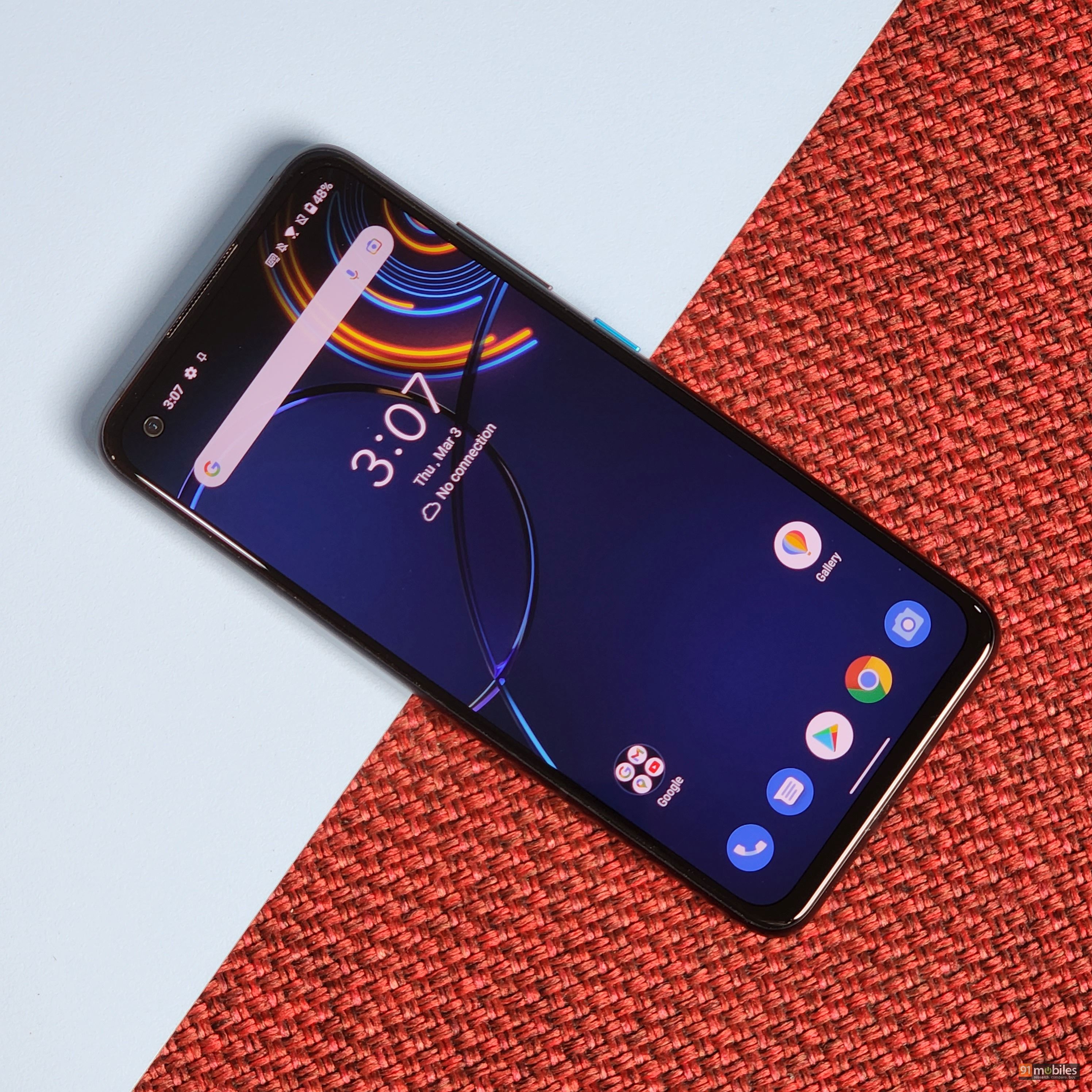
Both phones are powered by the flagship chip of 2021, the Qualcomm Snapdragon 888. This makes them among the most powerful phones around. It also means that they tie on this spec. No matter which one you pick, you end up getting a flagship performer. Both phones also come with 5G support, so are reasonably future proof in that regard.
Winner: Tie
RAM and storage
Both phones come with LPDDR5 RAM and UFS 3.1 storage. And neither has expandable storage. The OnePlus 9RT and the ASUS 8Z come with RAM and storage variants of 8GB / 128GB, while the OnePlus 9RT also has a 12GB / 256GB variant, which helps it win this round.
Winner: OnePlus 9RT
Cameras
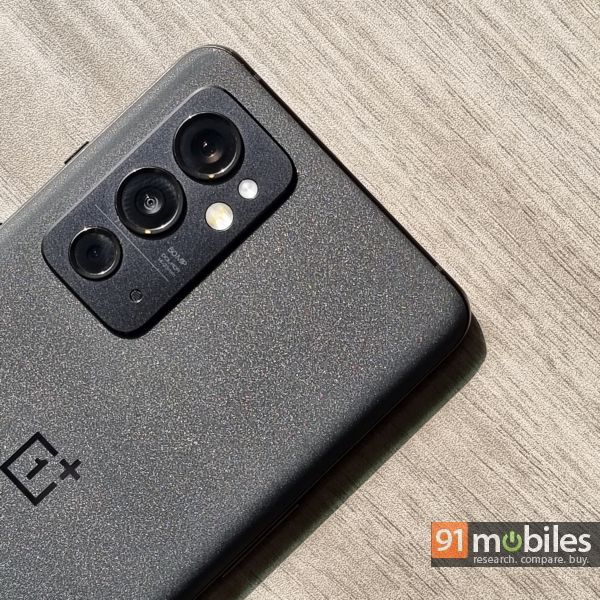
It is a battle of camera numbers as well as the number of cameras, with the ASUS 8Z having two cameras to the three on the OnePlus 9RT. However, the additional camera that the OnePlus device has is actually a 2-megapixel macro sensor, which does not contribute much to the photography experience. In terms of the other two cameras, the ASUS 8Z comes with a 64-megapixel Sony IMX686 main sensor with OIS and a 12-megapixel ultrawide, while the OnePlus 9RT comes with a 50-megapixel Sony IMX766 main sensor with OIS and a 16-megapixel ultrawide. It is a very close battle between both sets of cameras, but when it comes to stills, we think the OnePlus 9RT just gets colours and details slightly better. Its ultrawide sensor also captures more details than the ASUS 8Z’s sensor – perhaps those extra megapixels make a difference. When it comes to videos, however, we felt the 8Z delivered better output in terms of detail. The 8Z also supports 8K video, while the Oneplus 9RT stops at 4K. In terms of selfies, we found the 16-megapixel snapper on the OnePlus 9RT and the 12-megapixel one on the ASUS 8Z pretty much matching each other, with decent colours and slightly smoothened details. We are giving the OnePlus 9RT the round on the basis that most of us take more stills than videos, but if you prefer video, then the ASUS 8Z seems to have an edge.
Winner: OnePlus 9RT
Gaming and multimedia

When it comes to gaming and multimedia, both phones are very closely matched, which is hardly surprising given their flagship processors, full HD+ displays with 120Hz refresh rates and stereo speakers. Games run smoothly on both devices and look and sound great, as do videos, films and shows. We did however, find the touch of the OnePlus 9RT being slightly superior to that of the ASUS 8Z, especially in games like Call of Duty. What’s more, the extra display real estate that the OnePlus 9RT comes with definitely makes for a better viewing experience – you simply get to see more detail. Yes, the ASUS 8Z is lighter and easier to hold but the smaller display necessitated by that compact form factor costs it this round. Mind you, it does let you follow shows and games using wired headphones, but that is an issue for the next round.
Winner: OnePlus 9RT
Audio
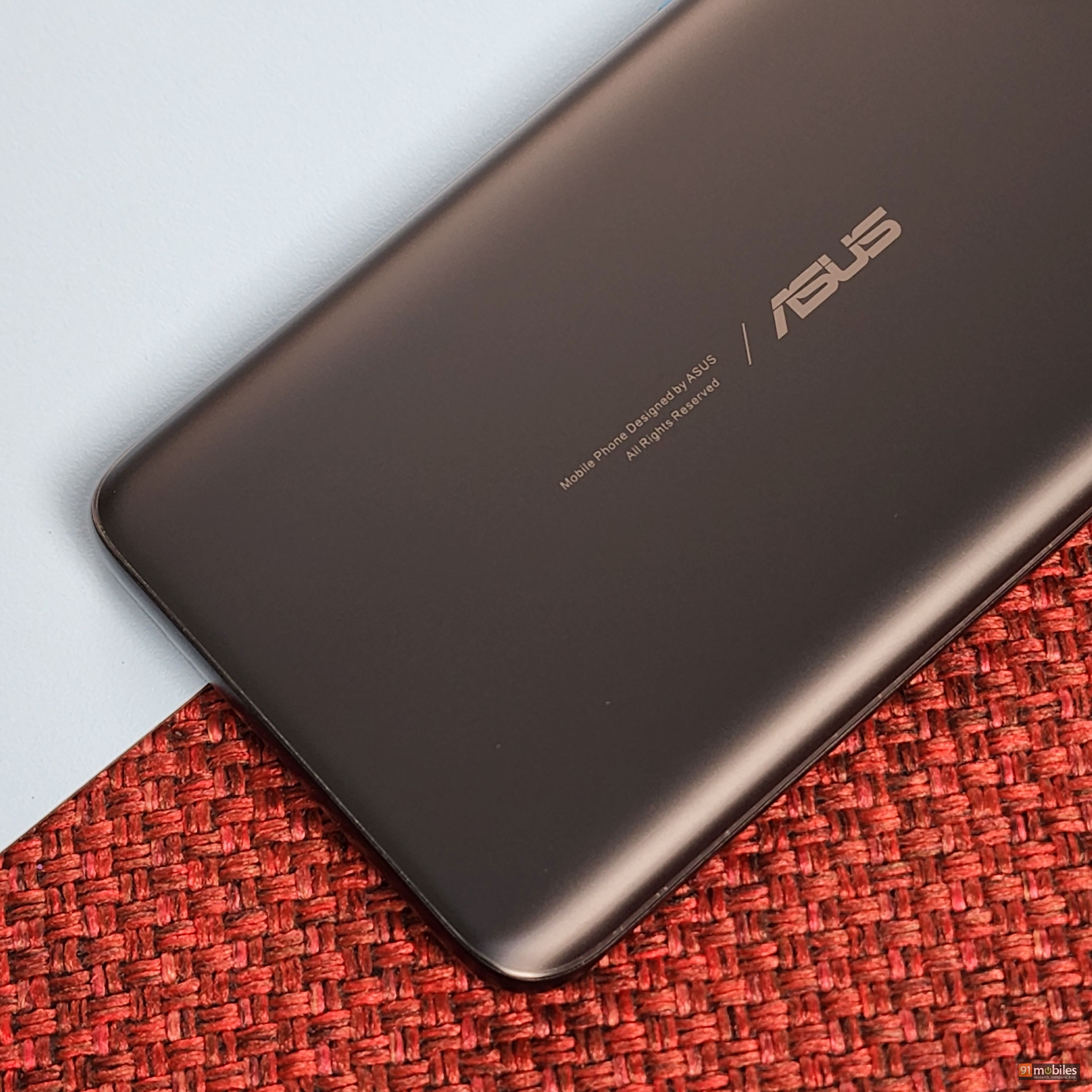
We do not normally have a separate round for audio, but we think these two phones deserved it. Both deliver excellent sound from their dual speakers. The OnePlus 9RT had a slight edge in audio quality, but we think what wins this round for the ASUS 8Z is the fact that it is one of the few (if not the only) budget Android flagships to come with a 3.5mm audio jack. Neither phone will disappoint you in the audio department, but the ASUS 8Z takes this round for refusing to rule out wired headphone connectivity – and incidentally, it handles wired headphones very well.
Winner: ASUS 8Z
Battery and charging
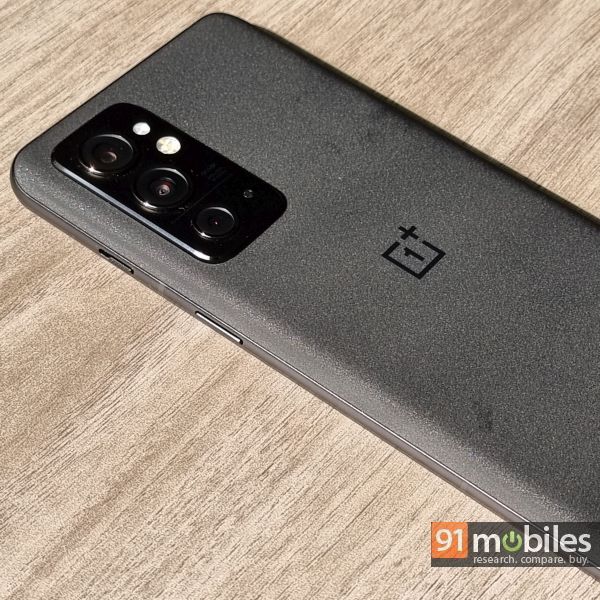
This is one of the few rounds that is one-sided. While the ASUS 8Z does see out a day of normal usage, the OnePlus 9RT goes a bit beyond that in spite of having a significantly larger display. This could be well down to the OnePlus 9RT having a larger 4,500mAh battery, while the ASUS 8Z has a 4,000mAh one. In the charging department, the OnePlus 9RT is in a different zone, with a 65W SuperVOOC charger in the box as compared to the more modest 30W charger with the ASUS 8Z. The OnePlus 9RT gets recharged from zero to top in a little more than half an hour, while the Asus 8Z takes almost an hour and a half. Only one winner here.
Winner: OnePlus 9RT
Software

Rather disappointingly, both phones come with Android 11 out of the box, although both OnePlus and ASUS assure us that Android 12 is on the way. Both devices come with relatively clean interfaces – the OnePlus 9RT with its famed OxygenOS and the ASUS 8Z with ZenUI. Neither has too much bloatware and both come with their own settings and tweaks to let you do more. There is not much separating the two here, especially if you like your Android relatively plain. OnePlus used to have a terrific record in software updates not too long ago, but its recent struggles mean that this round is a tie.
Winner: Tie
General performance
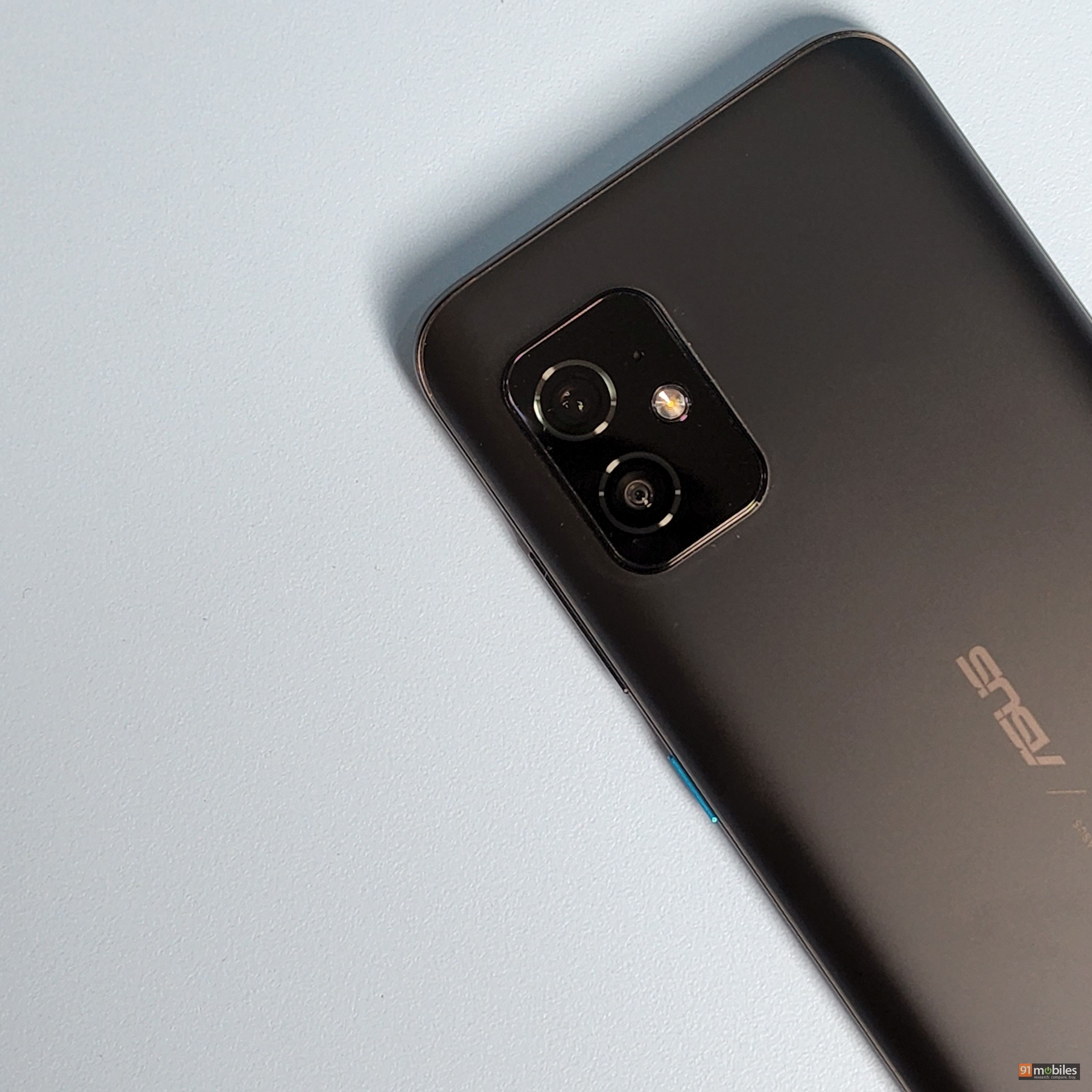
In terms of general performance, both phones are on par. Thanks to their flagship chips and plenty of RAM, both are comfortable at multitasking and switching between apps is super smooth. Routine tasks like Web browsing, social networking, messaging and emails are also handled without any problems whatsoever. Call quality is very good too. Its smaller form factor, however, does give the ASUS 8Z an advantage, simply because it is easier to handle. We are giving this round to the ASUS 8Z – it just is easier to take out and use for routine tasks.
Winner: ASUS 8Z
Value for money
Both phones come with identical starting prices of Rs 42,999 for 8GB / 128GB variants. However, while the 8Z has a single variant, the OnePlus 9RT also has a 12GB / 256GB variant, which is priced at Rs 46,999. We are calling this one a tie as both phones have the same starting price. It has to be kept in mind though that the OnePlus 9RT gives the user one more option.
Winner: Tie
Which one should you go for?

So should you go for the ASUS 8Z or the OnePlus 9RT? It actually boils to the first parameter we discussed – design and appearance. The two phones are very closely matched on core parameters. They tie on processor, value for money, and software, and there’s not too much between them in RAM and storage and gaming performance. There are only two areas where there is actually a big difference between the two – the ASUS 8Z’s form factor makes it much the easier device to use and handle for everyday usage, while the OnePlus 9RT totally outguns the 8Z in the battery department. The OnePlus 9RT’s bigger display also gives it a clear edge in multimedia and gaming.
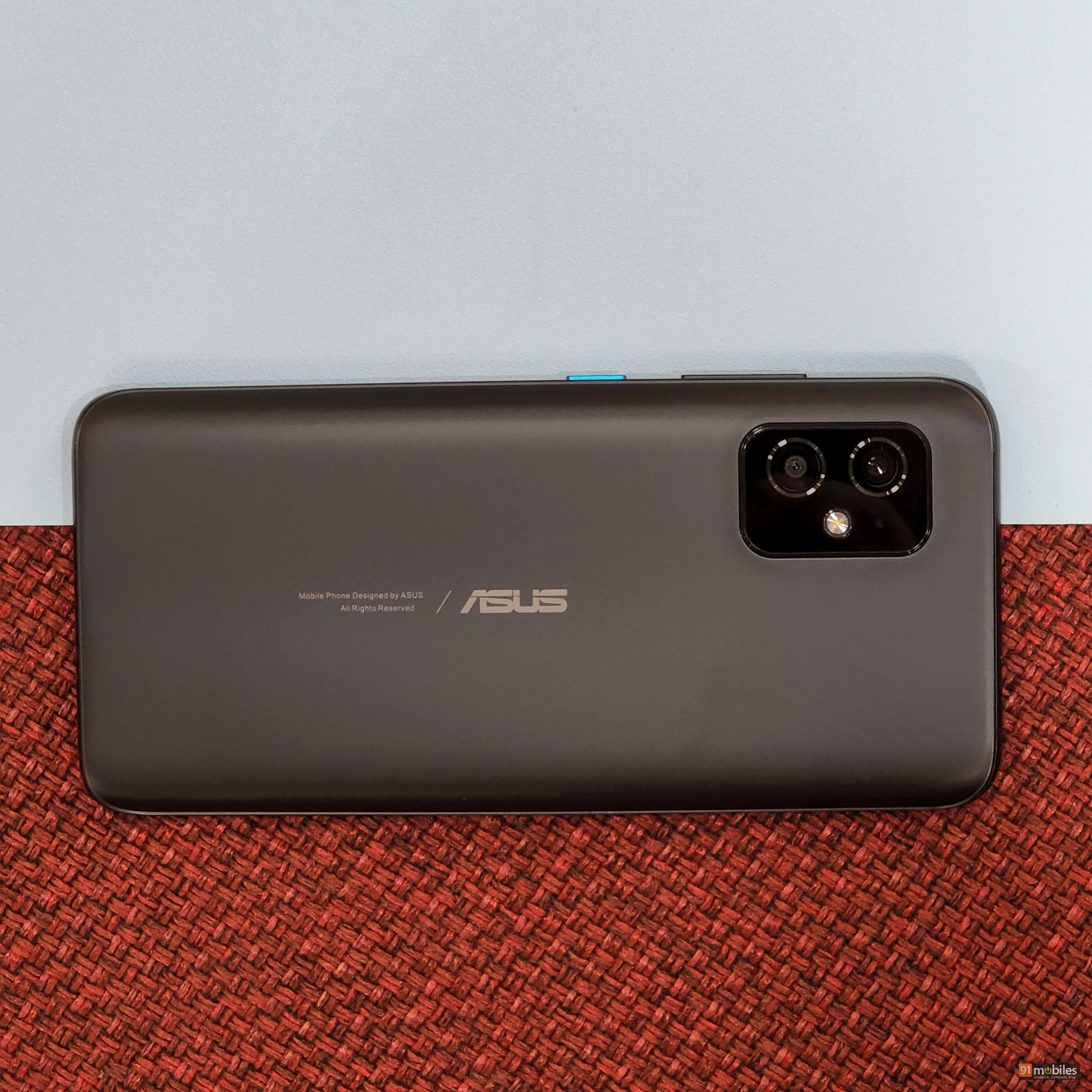
The ASUS 8Z holds its own comfortably in day-to-day usage and ease of use, but as you get more and more into the heavy usage zone, the larger display of the OnePlus 9RT and its better battery life (and faster charging) start making a difference. The OnePlus 9RT’s more elegant design also gives it greater flaunt value.
If you are looking for a flagship-level phone on a tight budget and want a compact form factor, the ASUS 8Z is a no-brainer for you. However, if you are looking at a lot of gaming and multimedia and a fast-charging phone as well, the OnePlus 9RT gets the nod.
With inputs from Akriti Rana











